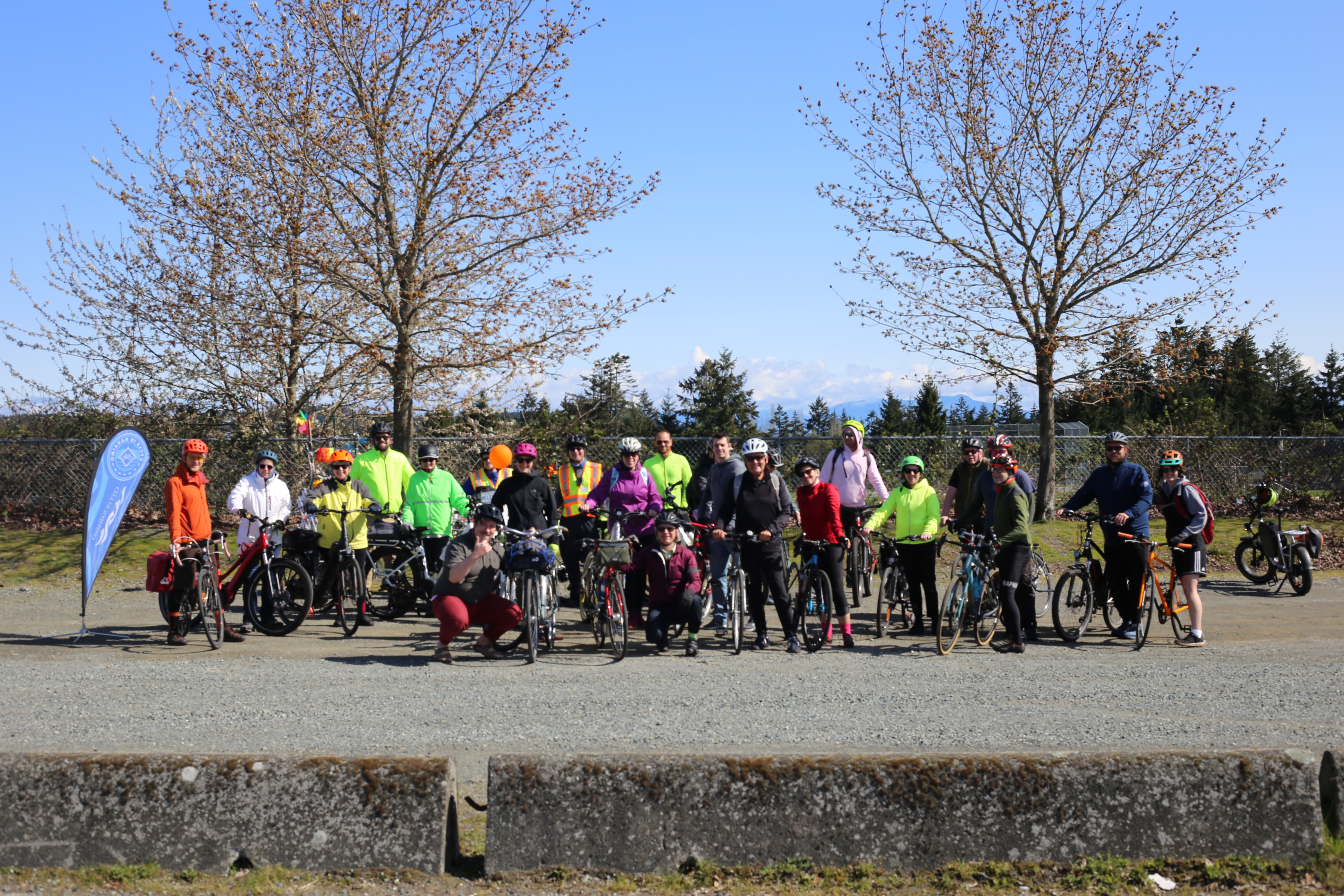The Strong Towns movement represents a new way of thinking about urban planning and development that prioritizes the needs of the community, rather than those of developers or other stakeholders. A Strong Town is characterized by a number of important features, including productive land use, wise infrastructure investment, incremental building, people-focused planning, and bottom-up decision-making. Another key feature of Strong Towns is wise infrastructure investment. This means investing in infrastructure that provides a high return on investment, both financially and socially. For example, Strong Towns prioritize investments in roads and sidewalks that are designed to be safe and accessible for pedestrians, cyclists, and public transit users, rather than prioritizing the needs of cars.
The best thing we can do for the safety of our children is to get them out of the car by building mixed-use, walkable neighborhoods. The safest trip is the one not taken.
They also invest in infrastructure that supports local businesses and improves quality of life for residents, such as parks and public spaces. We acknowledge the need for people-focused planning in our community. This means designing communities and neighborhoods that prioritize the needs of people, rather than the needs of cars or other infrastructure. People-focused planning involves creating safe and walkable streets that encourage active transportation and social interaction, and prioritizing public spaces that are accessible to everyone, regardless of income or ability.

Strong Towns Nanaimo promote economic vitality. By encouraging productive land use, supporting local businesses, and creating vibrant, walkable neighborhoods, Strong Towns are able to attract investment and support economic growth. This is critical for the long-term prosperity of communities, as well as for the well-being of individual residents. By prioritizing the needs of people over the needs of cars or other infrastructure, Strong Towns are able to create communities that are more inclusive and accessible to everyone, regardless of income or ability. This is especially important in today’s increasingly unequal society, where many people are struggling to make ends meet and access essential services.




